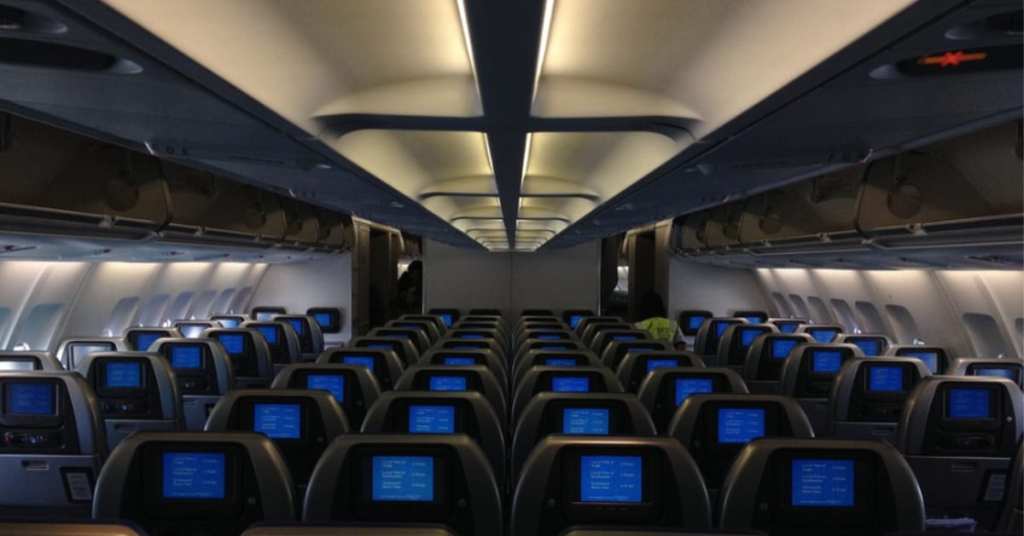Trending Now
As someone who suffers from a lifelong peanut allergy, I can tell you one thing for sure – your plane doesn’t get cleaned at all during the day, between flights. I know this because, regardless of how close I came to peanuts on my own flight, I would inevitably turn into a red, sneezing, coughing, sniffling mess within 10 minutes of boarding.
Sometimes as soon as they opened the jetway and the air hit me in the face.
Really.
https://www.instagram.com/p/Bw6FmTtnqDf/
But amid the worldwide concerns about COVID-19, how we’re going to ensure everyone’s health and safety, and how we can hang onto some semblance of normalcy in the world gone mad, everyone you’ve ever given your email address to is informing you how they’re going to be cleaning their shizz the way they should have been all along.
How and when do they clean airplanes, though? Who does it, and how often? Is it safe to travel? If you’re curious, we’ve got answers to those questions (and maybe more!) below.
First off, infectious disease expert Sanjaya Senanayake says that,
“The risk of getting a communicable disease on a plane is quite low … not zero, but very low.
The reason it is so hard to get infected by a sick passenger on a plane has to mostly do with the plane’s circulation system and advanced filters in many parts of the world and they are good enough to filter virus.”
In addition to these built-in features, most companies use a special anti-microbial spray that they apply to walls, seats, television screens, arm rests, and tray tables once a plane is done for the night.
https://www.instagram.com/p/B9ZwWssBDXp/
According to Sarah Adam, General Manager of Product and Customer Experience for Virgin Australia, says the product they use also protects against many viruses.
“The product is called DuroPax.
The beauty of the product, is it allows us to protect our guests and customers from many strains of viruses including influenza.
It is environmentally safe and non-toxic so everyone can rest assured when they jump on board they are safe.”
The product has been tested, with germ readings before and after applications, and the results are more than acceptable – cleaner than your cell phone would be right now if someone swabbed it, probably.
https://www.instagram.com/p/B9wRgEkA2J3/
That said, the cleaning procedures are only applied at the end of each day, so if you’re flying anything other that the first flight of the day, you’ll want to take your own extra precautions – wash your hands with soap and water, use hand sanitizer between washings, take Clorox wipes to wipe down your own tray table, television, arm rests, et al.
I know personally what a pain this can be, but take it from someone who could have died immediately from touching or inhaling peanut dust left behind – you’re far better off being safe than sorry.
Even if it does cramp your devil-may-care style, just for a while.






